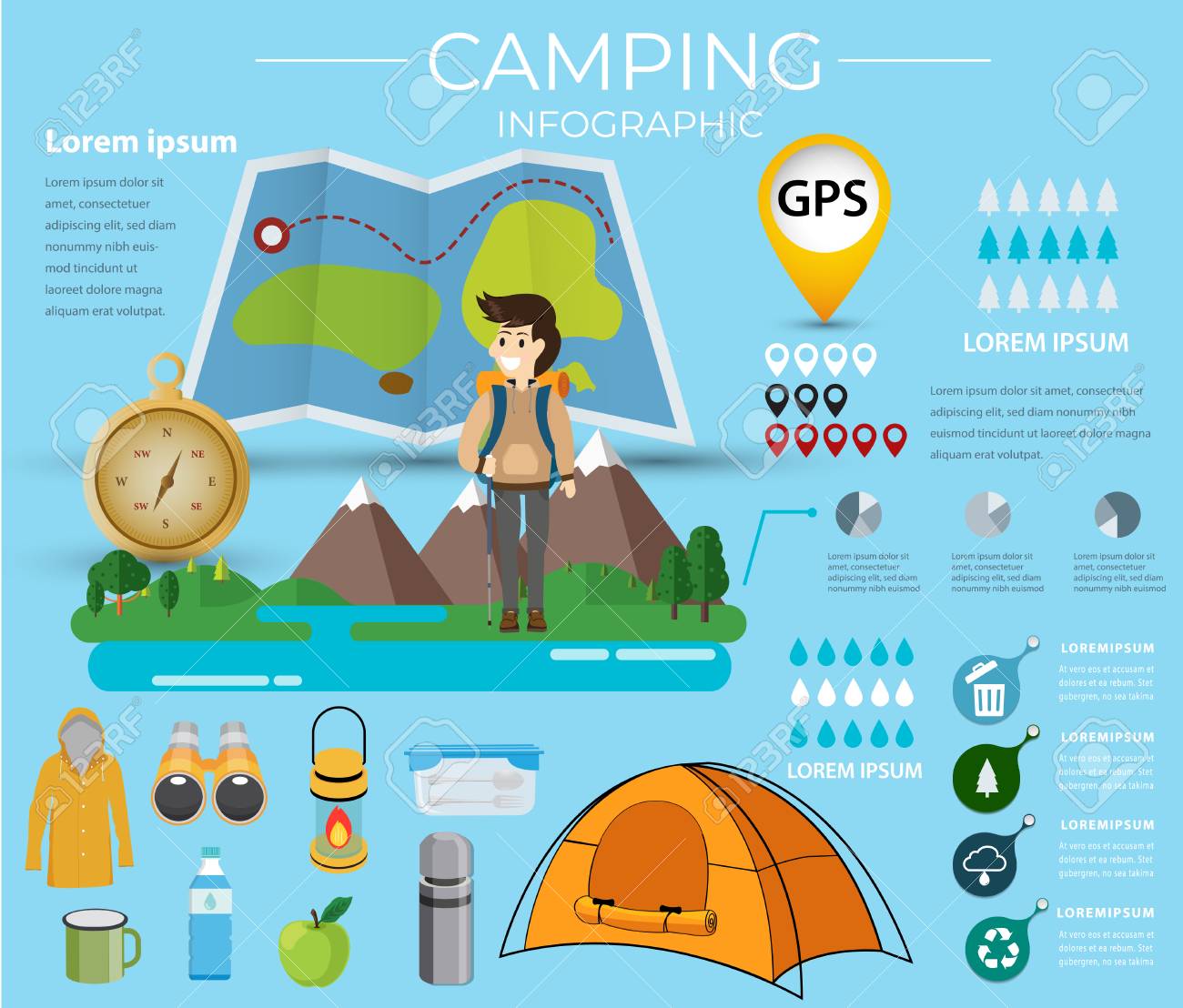Create New Buyers For Your Camping Tents With These Fascinating Tips
Create New Buyers For Your Camping Tents With These Fascinating Tips
Blog Article
Just How to Properly Set Up Your Tent Before Camping
Establishing your camping tent can be an overwhelming task for even experienced campers. This guide will cover the essentials of pitching a camping tent correctly and safely so you can enjoy your outdoor camping journey without stress or fear.
How do you dry a bell tent?
Begin by outlining your outdoor tents's impact and ground sheet to secure your outdoor tents flooring from rocks, sticks, dust, and other debris. Next off, set up the camping tent posts and secure them to the corners of the outdoor tents body making use of the proper sleeve or hook.
Selecting the Right Site
When you are exhausted after a long day walking, you wish to pitch your camping tent and prepare to sleep. But you should initially stroll around the website to make certain it is risk-free for camping. Look down and up to figure out whether any kind of trees have huge dead branches that might fall on your camping tent. These are in some cases called widowmakers and you don't want them to go down on you while you're resting.
Likewise make sure to avoid low places that can flooding during a storm and to camp far from pet tracks, nests and habitats where ticks and chiggers are most likely to grow. Search for a level, rock-free area that is big enough for your outdoor tents and any other gear you'll be bringing.
Some people like to establish their tents up so the head end is sharp towards the east to catch the sunlight's warming rays first thing in the early morning. This isn't always necessary, yet it is a great touch that can assist wake you up.
Pitching Tips
It may appear evident, however proper outdoor tents throwing is among the most vital consider a good night's sleep. Having a practice run at home will certainly assist you familiarize on your own with your camping tent, find all the post sleeves and fasteners, and ensure every little thing remains in place. It's also a blast to practice using guylines for security and to find any busted pieces.
When you arrive at your outdoor camping site, check out the surface to see if it's suitable for your outdoor tents. A good general rule is to pitch the camping tent on a flat, degree spot with a mild downhill angle. This will allow rain to recede from the camping tent as opposed to merging in front of it.
If you can not discover a degree area, consider positioning a tarp or various other groundsheet under your camping tent impact to secure it from moisture. This can likewise help maintain dirt out of the outdoor tents.
Utilizing Guylines Efficiently
Using person lines efficiently is important to ensuring your outdoor tents or hammock stays safe and secure in high winds and other poor weather conditions. An individual line is a rope or cord that affixes to the ground through loops and D-rings in the framework, tarp, or rainfly.
Beginning by securing one end of the line to a guyout loophole on your tent or rainfall fly, or to the pole it's affixed to. Then loophole the other end of the line over a risk placed faraway from the framework and tighten it.
Keeping your sanctuary's guy lines tight will certainly avoid sagging or sagging throughout windy conditions, protecting against moisture from leaking right into the tent or damages to the framework and improving convenience and safety throughout outdoor camping. Always inspect the stress of your guy lines during and after damaging weather conditions to guarantee they remain protected. Furthermore, consider packing an individual line tensioner to quickly readjust and maintain the appropriate quantity of tension in your lines.
Taking Down the Outdoor tents
When working out right into your camping site, find an area deluxe tent with a level location and clear it of rocks and debris. Likewise, make certain to lay down a camping tent impact or tarp somewhat smaller sized than your tent body to avoid water merging. This aids keep your camping tent completely dry from rain or condensation and can be particularly handy in windy locations.
Analyze your gear, including the camping tent things sacks to make sure nothing is missing. Examine that the posts fit into their clips and restock first-aid things if required.
When it's time to pitch your tent, begin by orienting the doors downwind, and stake down each edge of the outdoor tents. If the ground is loose or sandy, think about spreading out a tarpaulin under your tent to safeguard it from wind and lower the likelihood of your tent tipping over. Likewise, make certain to make use of guylines efficiently to tie down your rainfly and maintain it tight. A well-pitched outdoor tents can prevent leaking, condensation, and sun damage.
Do glamping pods have electricity?
